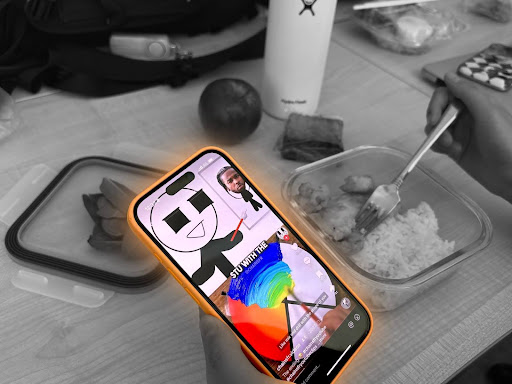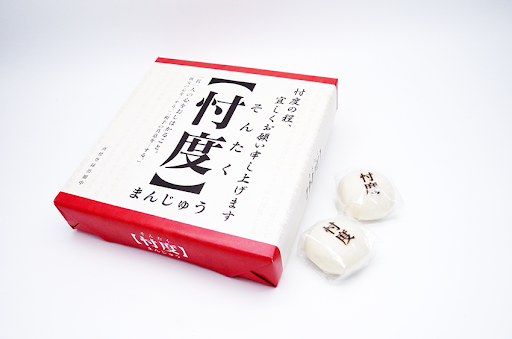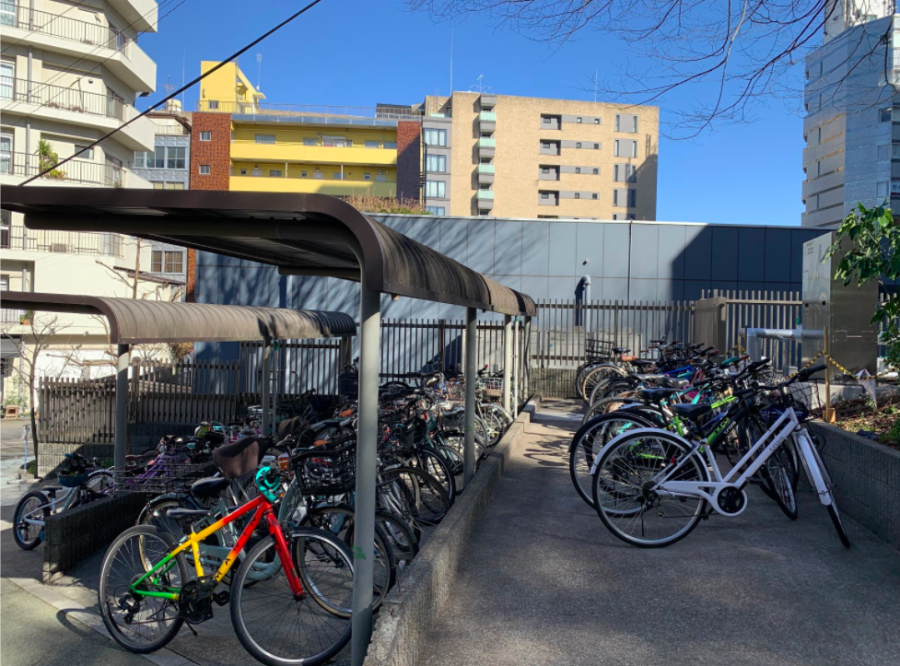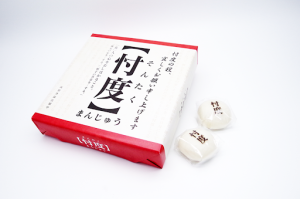Your life and grade saver: the Pomodoro Technique
January 23, 2020
My Experience with the Pomodoro Technique:
I tend to procrastinate. A lot. I could spend my whole evening avoiding my mountain of homework until 10 pm on a Sunday night. To make up for hours of aimless surfing of the internet, I would work hours on end, exhausting myself. Being so tired, I lapsed back into long breaks and found it hard to get back into work again. I was constantly burned out and my flow became sluggish, stagnant.
The first time I used the Pomodoro technique, I was extremely pleased with how much work I got done. It made me study smarter. It helped me create a more scheduled, steady, healthy workflow.
Productiveness inspires productiveness. Seeing the many tasks I had gotten through, I felt productive, a feeling that inspired me to keep plowing through my work, and not give in to the black hole of procrastination.
So What is the Pomodoro Technique?
The Pomodoro Technique is a method designed to help you work more productively. It makes you put all distractions aside (anything that could distract you from the task at hand, including social media, Youtube, or stray thoughts) and work solidly for 25 minutes. This productive 25-minute working session is followed by a short, refreshing five-minute break. This cycle of working productively for 25 minutes, and taking a short five-minute break to refresh for the next working session is repeated until you complete your task. By creating this cycle of working hard and taking short breaks, you establish a steady work flow.
Why does it work?
How exactly does setting a timer help you work more productively?
The answer lies in time pressure. When the timer is set for a 25-minute work session, you work your best, trying to complete as much of your task within that set time. With knowledge that a rewarding five-minute break awaits your hard work, you work hard. With a set time limit, you don’t have an endless amount of hours stretched out ahead of you. You work a productive, condensed work-session instead dragging your work out, working here and there and letting your mind wander.
The short, three to five-minute breaks also allow for just enough time for you to refresh, but not to wander off. Far too often, we sit at desks working in blocks of two, three, sometimes even four hours. By the end of this, we’re exhausted, and feel we can’t bear to return to work for several hours. The Pomodoro Technique, however, sets breaks of optimal lengths, allowing for a less draining work session.
The Pomodoro Technique, helps you to be more disciplined. It sets up sessions in which you work, and rest intervals.
That being said, the Pomodoro Technique will only work if you have the willpower to stay focused. The Pomodoro Technique will only take you so far. You yourself need to choose to work productively once you hit that 25-minute timer. This method will cheer you on from the side-lines, guiding you to learn how to create a steady workflow.
Focus To-Do: My favorite app for the Pomodoro Technique
Search for “Pomodoro Technique apps,” and you will be overwhelmed with hundreds of options. I’ve experimented with a few, but found the app, “Focus To-Do” works best for me. It’s a free, highly organized app, and great for those who have never tried the Pomodoro Technique. The app is based on the principle of the Pomodoro Technique, of working within a condensed work session and taking a short break, but has been developed into a more versatile app that is equipped with features that will help keep you motivated.
The app allows you to be more flexible with the length of the work sessions and breaks. You can choose to work under shorter work sessions for tasks that you need to put in more brain-power, or tasks that won’t take the full, traditional 25 minutes.
The app asks you to input the tasks you want to complete today. When you finish a task, you get the satisfaction of marking it as complete. The app keeps track of the tasks you’ve completed. The app also gives you a report on the progress you made, through a visual representation of the amount of time you spent working, and an estimated amount of time you still need to finish your tasks for the day. Seeing the “Elapsed Time” increase as the “Estimated Time” dwindled kept me going. I was able to reward myself with a sense of accomplishment by admiring the “Elapsed Time” and the tasks I had completed after every work session.

Marking completed tasks creates a sense of accomplishment.

As you work, the “Elapsed Time” increases and the “Estimated Time” left decreases, creating a sense of accomplishment.
Here is how I use Focus To-Do for a Pomodoro Work Session:
Step 1: Clean and organize my workspace
A clean workspace is essential to getting rid of distractions. Before I do anything, I do a swift cleanup of my workspace, organizing loose papers into their folders and stacking them away into their stands.
Step 2: Enter tasks into Focus To-Do and set the timer
I then enter all my tasks from my planner into the app Focus To-Do. I input an estimate of how long and how many work sessions it will take me to complete the task. For example, if I estimated I needed an hour to finish a task, I could choose to set four 20 minute work sessions to make an hour or two 30 minute work sessions to make an hour. For quick and easy tasks, or tasks that require a lot of brain-power, I set my work time to something more like 15 minutes rather than the traditional 25 minutes.

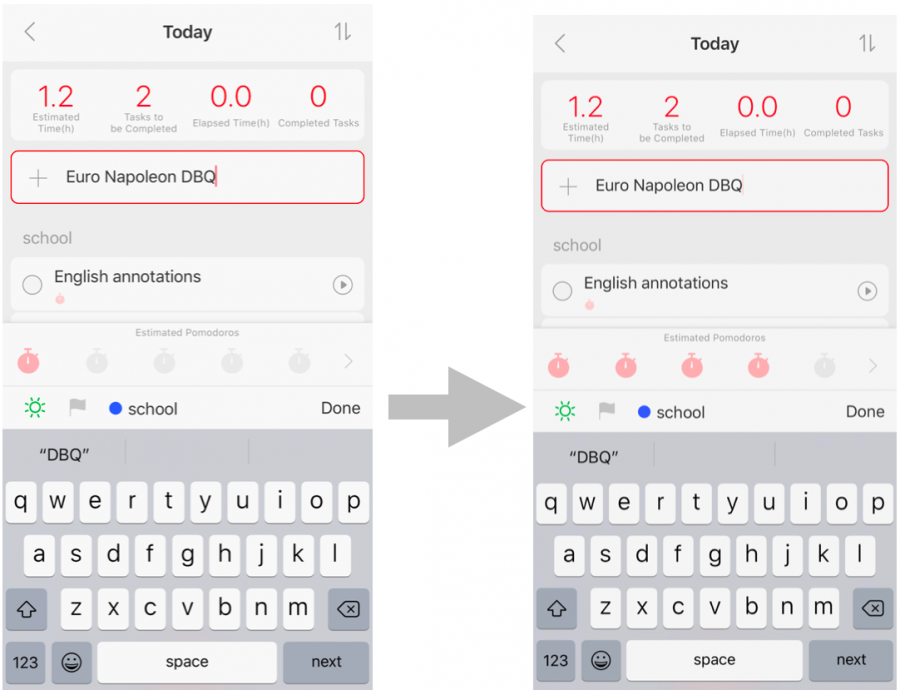
Example: Split task over four 15 minute work sessions.
Just remember, be careful with long work intervals. I don’t recommend anything beyond 30 minutes, as this defeats the purpose of taking short breaks and maintaining momentum. I do this for all tasks on my planner.
Focus To-Do then gives me a rough estimate of the amount of time it would take me to finish all my tasks for the day.
Step 3: Get to work
I lay out the task in front of me, filing away any other homework, stray thoughts, close all distracting tabs, and social media accounts. Anything that might distract me has to go. I start the timer, and get to work.
For 20-30 minutes (depending on the length of the work session I chose) I work hard on the task at hand, doing my best to keep concentrated.
Step 4: Take a short break when the timer sounds
Once time is up, the timer sounds. The app tells me to take a five-minute break. I choose not to stray too far into the depths of Youtube or social media. Instead, I take these five minutes to take a sip of water, stretch, and walk around my room. I take this time to rest, preparing for the next work session.
Step 5: Repeat
The timer sounds again, this time signaling for the end of the break, and for me to get back into work. I start the 20-30 minute timer again and repeat this process until I finish all my tasks, by which time I feel quite satisfied with the work session I got done that day.
The hectic exam season coupled with falling motivation spells disastrous midnight crises. By learning how to study smart and avoid procrastination, the Pomodoro Technique might just save you from frenzied, last-minute cramming.
I do not pretend to have overcome procrastination completely. Not at all. But the Pomodoro Technique has truly helped me focus, and it is definitely worth giving it a try.



